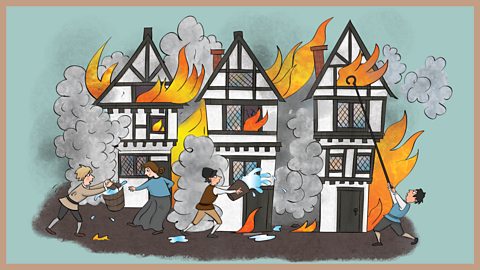

Paul's, a position the young architect filled brilliantly over the next fifty years. Instead, he appointed Wren to rebuild the city's churches, including St. Wren's grand scheme called for cutting wide avenues through the former warren of alleys and byways that had made up old London, opening up the city to light and air as it were.Ĭharles liked the scheme, but he realized that the expense and the necessity of rebuilding as fast as possible made it unworkable. Within days of the fire's end, Christopher Wren submitted plans to Charles II for the complete rebuilding of the city. Well, one person's disaster is another person's opportunity. It was a disaster of unprecedented proportions. Paul's Cathedral, was nothing but rubble. Fully 80% of the city was destroyed, including over 13,000 houses, 89 churches and 52 Company (Guild) Halls. When a dazed populace took stock of the damage, they must have wondered if Armageddon had come. Over the Thames with one's face in the wind you were almost burned with a shower of firedrops." Pepys buried his wine and parmesan cheese to keep those valuable items safe from the flames.Īfter four days while helpless citizens stood by and watched the destruction of their homes, the wind mercifully died and the fire was stopped. The churches, houses, and all on fire and flaming at once, and a horrid noise the flames made, and the cracking of houses at their ruin. He watched the course of the destruction from a safe position across the Thames, and called it, "a most malicious bloody flame, as one entire arch of fire. Our best account of the Fire comes from the diaries of Samuel Pepys, Secretary of the Admiralty.

Fanned by an east wind, the fire spread with terrifying speed, feeding on the tar and pitch commonly used to seal houses. In the close-packed streets of London, where buildings jostled each other for space, the blaze soon became an inferno. If it was carelessness, it was carelessness that had enormous and disastrous consequences, for the fire spread and soon the whole building was alight. On the night of September 2, 1666, a small fire broke out in the premises of a baker's shop in Pudding Lane, London, perhaps started by the carelessness of a maid.


 0 kommentar(er)
0 kommentar(er)
